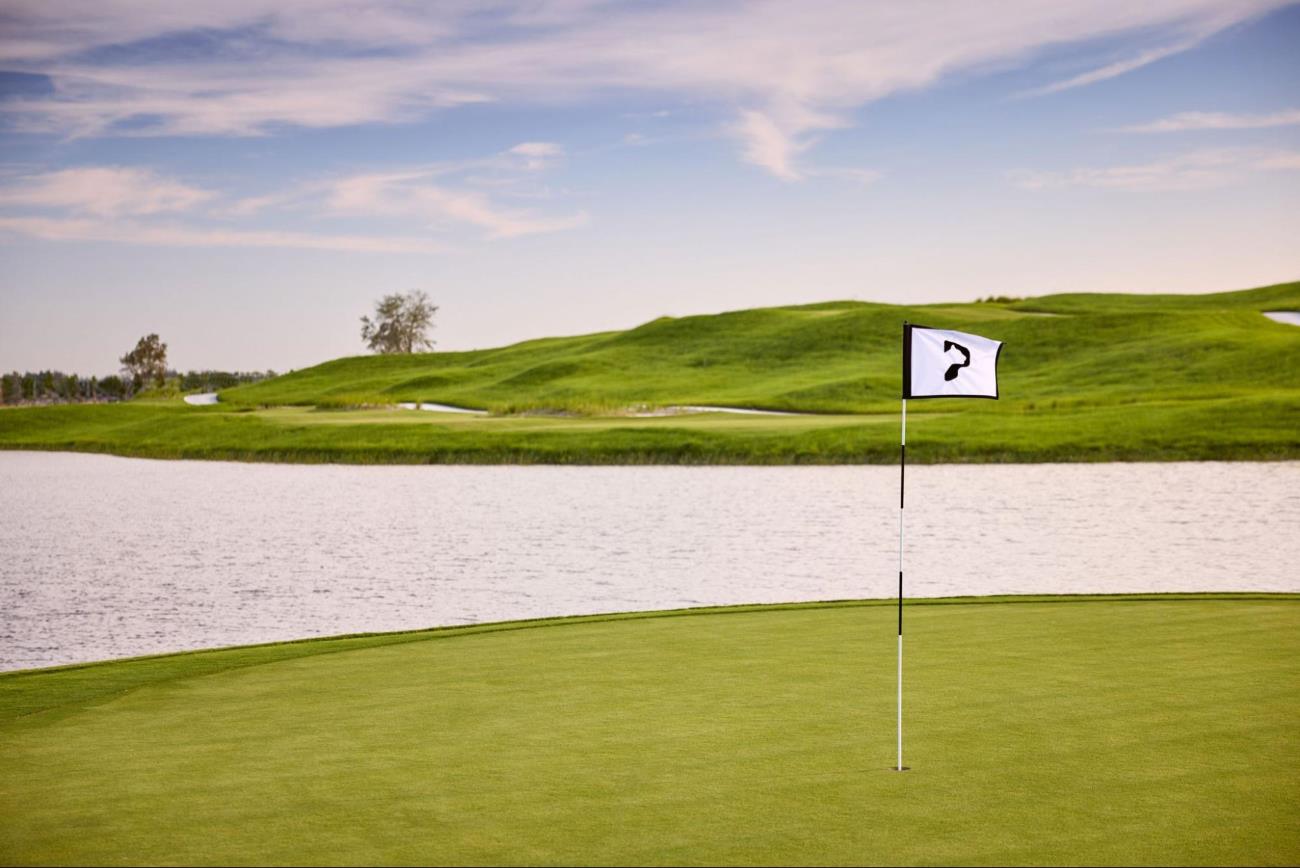
Understanding the Qualities of Golf Grass
Jamie TedderGolf courses are known for their lush, green beauty, and the type of grass used plays an essential role in this aesthetic, not to mention playability.
Selecting the right golf grass depends on various factors like climate, water availability, soil type, and maintenance requirements. There are several grass types, each well-suited for different conditions, possessing exceptional traits that affect the game differently. While this topic is extensive, this article aims to explore the common qualities shared by various golf grass types, which collectively contribute to creating the ideal playing surface for avid golfers.
What Makes High-Quality Golf Grass?
Golf, one of the world's oldest sports, is played on courses that vary in style, length, and grass type. The choice of turf grass is crucial, as it significantly influences game results and how golfers engage with the ball. Bermuda and Zoysia are warm-season grasses often used on golf courses due to their resilience and ability to withstand heavy traffic, among other qualities.
Climate Compatibility
When selecting a grass type for golf courses, one key consideration is the climate and which grass varieties are most suitable for the location. Bermuda and Zoysia grass varieties are excellent options for warm regions, as they are well-adapted to thrive under extended periods of high temperatures, mild winters, high humidity, and moderate to high rainfall.
Drought Resistance
Drought resistance is also a critical quality in golf grass, particularly in regions where water availability can be limited during dry spells or water restrictions. Grasses like Zoysia and Bermuda, known for their drought-resistant qualities, can withstand periods of limited water supply without a significant decline in quality. On average, they require about 1 to 1.5 inches of water per week, including rainfall. This amount may increase during hot, dry periods to maintain their healthy, green appearance.
Low Mowing Heights
Mowing at a low height is essential for creating a high-quality playing surface that meets the standards expected on golf courses. It helps ensure a smooth playing surface, consistent ball roll and bounce, increased ball speed, and better ball control, all of which are key for a great golfing experience. Zoysia and Bermuda grasses are known for tolerating lower mowing heights and can be cut as short as 0.5 to 1.5 inches or even less, depending on the variety.
Density
A dense turf also contributes to a smoother playing surface, essential for a consistent ball roll. This uniformity improves the overall quality of the game and ensures fair play. Additionally, dense golf grass can also increase resistance to weeds, pests, and diseases, thus reducing the necessity for chemical interventions to maintain a healthy golf course.

Durability
Moreover, a dense turf also contributes to durability, allowing the grass to withstand wear and tear better and significantly lowering the risk of damage from foot traffic, golf carts, and other stresses. Zoysia and Bermuda grasses, known for their density, excel in this regard, maintaining quality and playability under heavy use and various environmental conditions.
Fast Wear Recovery
Golf courses endure constant traffic, resulting in wear and tear to the grass over time. Grasses like Zoysia and Bermuda, known for their fast-growing nature, can establish and spread relatively quickly. This feature lets them recover fast and regrow damaged areas, ensuring a smooth, uniform playing surface while significantly reducing the time and resources spent on repairs and maintenance.
Fine Texture
A fine-textured grass creates a visually appealing, carpet-like surface. But more importantly, it provides a smooth playing surface, essential for consistent ball roll and bounce. Bermuda and Zoysia grasses are favored for their fine leaf texture, which not only adds to the visual appeal of golf courses but also improves playability by providing a more consistent surface.
Color Retention
Cold tolerance contributes to the grass's ability to retain its color, particularly during winter or in regions with colder climates. More cold-tolerant warm-season grasses can withstand lower temperatures without experiencing damage or turning brown as they become dormant. This ability is particularly crucial for golf courses, as keeping the grass green throughout the year is crucial for its overall appearance and playability.
Zoysia grass is generally more cold-tolerant than Bermuda grass, but the tolerance level can vary depending on the variety. Hybrid and improved Zoysia and Bermuda varieties have been cultivated to withstand lower temperatures and maintain their green color during the colder months.
For example, BIMINI® is a hybrid Bermuda variety known for its heightened tolerance to cold and ability to maintain its stunning emerald green color in colder temperatures. In a trial conducted by Oklahoma State University, BIMINI® ranked number one in traffic tolerance and durability. It is also a preferred golf grass for its ability to stay green longer in fall and green up earlier in the spring, providing golf courses with a longer optimal turf performance.

What is the Best Golf Grass?
The best grass for golf varies for each player, depending on their style and skill level. Zoysia and Bermuda are two warm-season grasses often considered ideal for golf courses. Many courses use different grass types in various areas to offer a diverse playing experience. For example, Panther National, a high-end course in Palm Beach, features BIMINI® Bermudagrass on its fairways and rough, contrasting with Bahia grass elsewhere. While preferences differ, many golfers appreciate Bermuda grass for its forgiving fairways and putting greens due to its fine texture.
Ultimately, the best way to decide is to experience the grass firsthand on the course.
Visit the Bethel Farms website to explore golf-course-quality grass options today!
